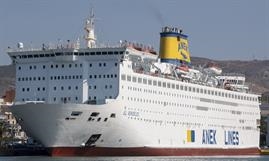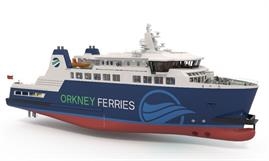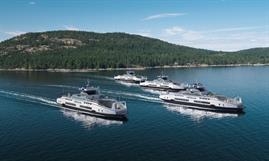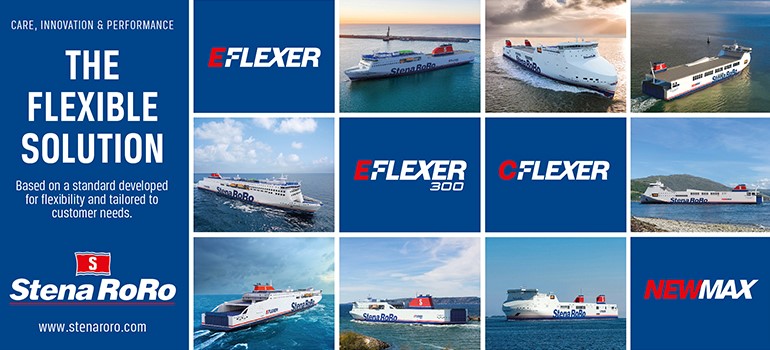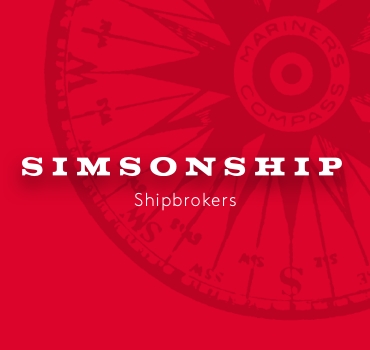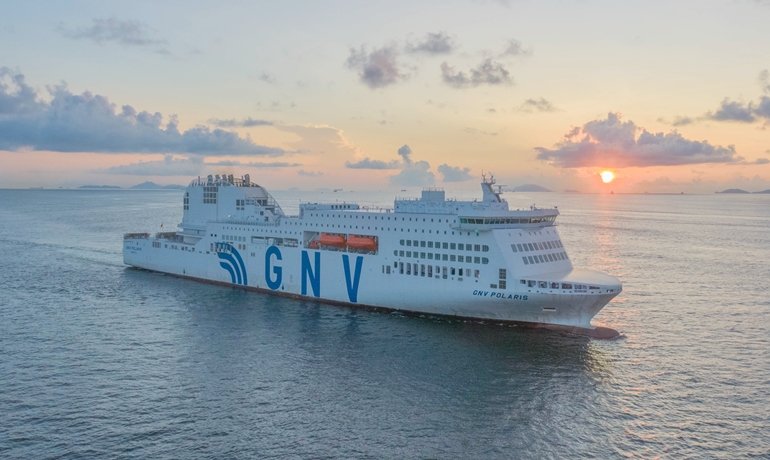
GNV POLARIS © GSI
GNV POLARIS delivered to GNV
FerryFirst in the four-ship series, GNV POLARIS, has been delivered from the Guangzhou Shipyard International (GSI) shipyard to GNV. GNV POLARIS, which will serve between Sicily and Sardinia, is 218-metres long and has a capacity for 1,500 passengers in 239 cabins and 3,100 lanemetres of freight.
It is believed that the second ship in the series, GNV ORION, will not be a direct sister, and will feature an extended accommodation with more cabins and public spaces, translating into a 1,785-passenger in 420 cabin capacity as well as 2,780 lanemetres of freight on three decks.
Vessel number three, GNV VIRGO, and the not-yet named fourth vessel, will be equipped with dual fuel main engines and two type “C” LNG tanks.
“The delivery of this ship is of extreme importance for GNV: it is the first important step of a fleet modernisation project that – thanks to the new ships and the restyling of existing ones – will see us bring to the market in the coming years an offer and a service of the highest quality, enabling us to position ourselves as a carrier of excellence in the Mediterranean.” stated GNV CEO, Matteo Catani. “It is equally important to remember that, thanks to its high standards in terms of energy efficiency and the possibility of using cold ironing, this ship represents a fundamental step for our Company also in terms of reducing the environmental impact of our operations and will act as an accelerator of the sustainability path we have embarked on and in which we firmly believe. All this because, as part of MSC Group, we want to contribute to and be an active part in reducing the environmental impact of the entire industry.”
Like all four newly-built units, GNV POLARIS is also equipped with the necessary facilities for cold ironing, which means connecting to the shore power grid through a socket at the wharf, making for a significant reduction in emissions, as well as an improvement in local air and noise quality.
All new ships will be equipped with exhaust gas cleaning systems (EGCS) and selective catalytic reduction (SCR) to meet IMO Tier III requirements.
There are also additional “energy-saving features” on board, such as: heat recycling technologies using turbo-alternator; use of inverters for optimising the electrical load of pumps and fans; use of LED lights throughout the lighting installation; optimisation of the shapes of the hull, bulbous bow, propellers, and rudders, and application of silicone paint on the hull to minimise the fuel consumption required for propulsion.
© Shippax
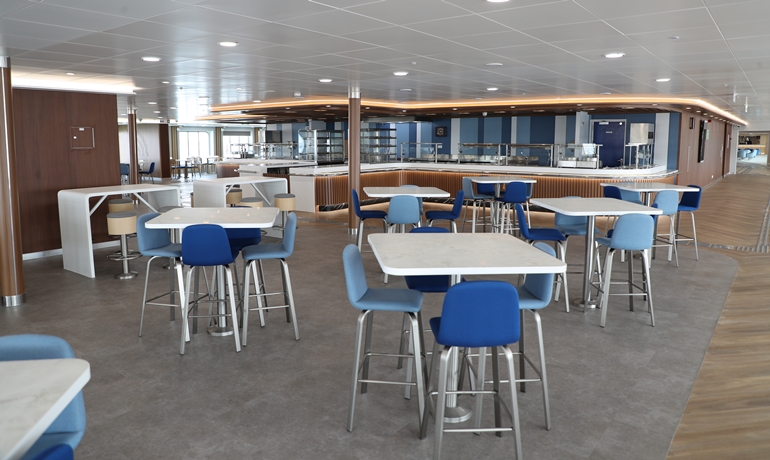
© GNV
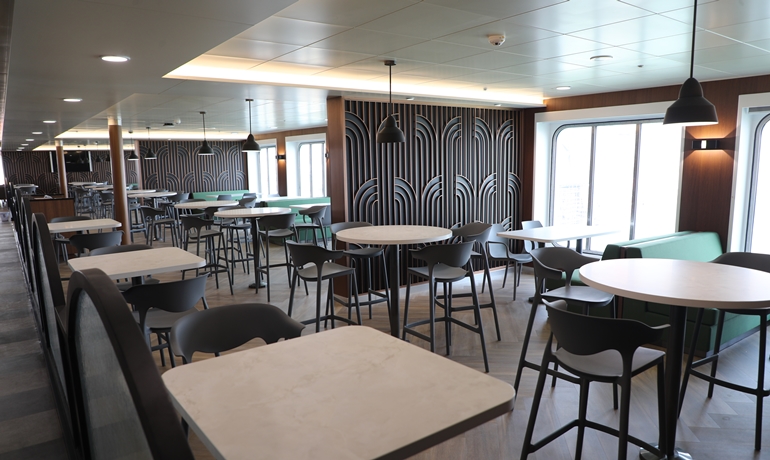
© GNV
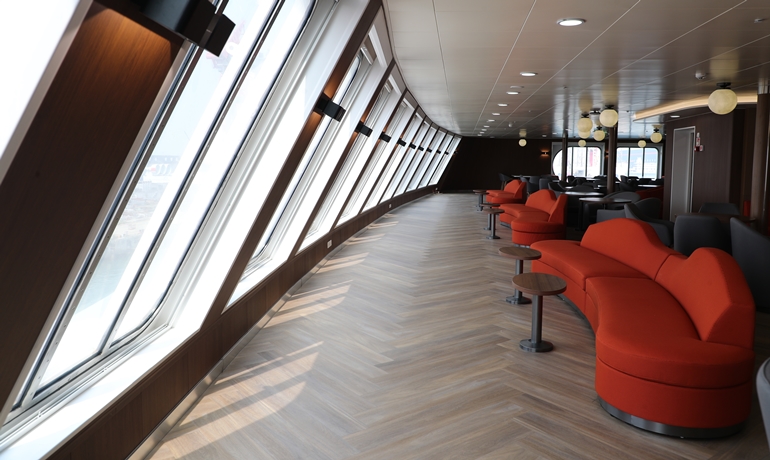
© GNV
Oct 24 2024
Most read
New Zealand Government signs NZD 596 million fixed contract with GSI for two new rail-enabled ferries
Nov 20 2025


